Diagnostic imaging plays a crucial role in maintaining your cat’s health and well-being. As cats cannot verbally communicate their health issues, veterinarians rely on advanced imaging techniques to assess their internal structures and diagnose various conditions. Diagnostic imaging methods such as digital radiography (X-ray) and ultrasound provide detailed information about your cat’s bones, joints, and organs, allowing for accurate diagnoses and prompt treatment initiation. These imaging techniques are essential in obtaining tissue samples, confirming conditions, measuring organs and tumors, and providing a more detailed diagnosis when paired with laboratory tests.
At our veterinary clinic, we utilize state-of-the-art diagnostic imaging equipment to ensure the best possible care for your feline companion. Our digital radiography and ultrasound services offer non-invasive, high-quality imaging of your cat’s internal structures, aiding in the diagnosis and treatment of various health issues. Whether your cat is experiencing orthopedic problems, organ abnormalities, or internal injuries, our advanced diagnostic imaging capabilities allow us to promptly and accurately identify the issue and develop an effective treatment plan tailored to your cat’s needs.
Your Pet’s Health and Happiness Begin Here
Service FAQ
What is the difference between X-rays and ultrasounds in cat diagnostic imaging?
X-rays provide a noninvasive view of your cat’s internal structures, such as bones, joints, and organs, and are particularly effective in diagnosing issues like broken bones, heart conditions, and cancer. Ultrasound uses sound waves to create real-time images of soft tissue structures like the heart, liver, kidneys, and gastrointestinal tract, allowing for non-invasive evaluation without sedation.
Is diagnostic imaging safe for my cat?
Yes, diagnostic imaging is generally safe for cats. Digital radiography and ultrasound are non-invasive imaging techniques that do not require sedation. However, some imaging procedures, such as CT scans, may require anesthesia for accurate results.
How long does it take to receive the results of my cat's diagnostic imaging?
The time it takes to receive diagnostic imaging results may vary depending on the complexity of the issue and the imaging modality used. In many cases, results are available within a few hours or the same day. However, some tests may require consultation with a specialist, which may take longer.
Why would my cat need diagnostic imaging?
Diagnostic imaging may be necessary if your cat shows signs of illness, injury, or any abnormalities during a physical exam. It helps veterinarians diagnose and treat various health issues, monitor ongoing conditions, and aid in surgical planning.
How should I prepare my cat for diagnostic imaging?
Typically, there is minimal preparation required for diagnostic imaging. However, some procedures may require fasting or special instructions, which your veterinarian will provide before the appointment. Be sure to follow these instructions carefully and inform your veterinarian of any concerns or questions you may have.
Will my cat experience any discomfort during diagnostic imaging procedures?
Most diagnostic imaging procedures are non-invasive and cause minimal to no discomfort for your cat. In some cases, sedation or anesthesia may be required to ensure your cat remains still and comfortable during the procedure. Your veterinarian will discuss any concerns you may have and ensure your cat’s well-being throughout the process.
